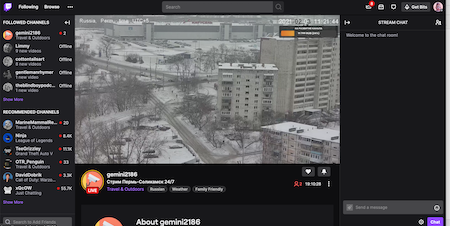A classic technique for exploring cities is to walk an arbitrary shape laid over it. The idea being that the route cuts across the usual ways of traversing the streets, exposing new areas and resonances. Even better if you can anchor this walk to meaningful points, which should create new connections. Examples of this include Iain Sinclair cutting a V into London or Sam Miller following a spiral path around Delhi.
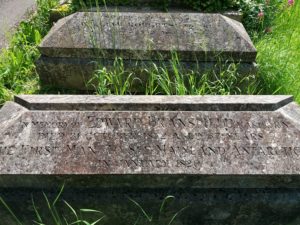
I started out with my friend Sooxanne in the Extra-Mural cemetery, where Edward Bransfield is buried. Bransfield died 31 October 1852 in Brighton, and is famous for being the first person to see mainland Antarctica. Wikipedia notes “During 2000 the Royal Mail issued a commemorative stamp in Bransfield’s honour, but as no likeness of him could be found, the stamp depicted instead RRS Bransfield, an Antarctic surveying vessel named after him.” The grave, his only memorial, was neglected until the turn of the century when a descendent organised some renovations.
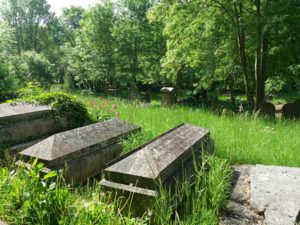
We didn’t see any other people in the cemetery. It appears to be undergoing a period of rewilding, and the grass was tall and meadowy. I’ve no idea if this is down to council cuts or wildlife, but the plants growing tall made me think of the people buried as seeds.

I’d printed out a map of Brighton and we did our best to follow a straight line from Brasnfield’s grave to our destination. On our way we found few resonances with the endpoints; but walking across any town won’t be boring for people who’ve lived there a long time. I spent years around the Lewes Road triangle before lighting out to Hove.
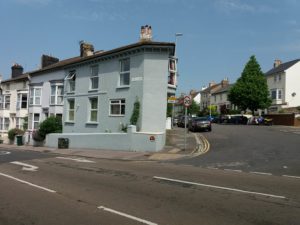
Each street came with memories, places we knew well and stories connected with them. Between me and my companion we had about a half century of time in the town. We’ve encountered a lot of people and seen a lot of change. We swapped tales along the way.
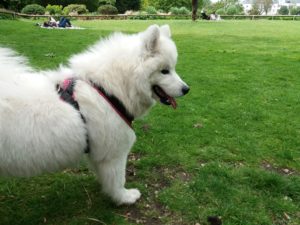
And of course, we ran into people we knew, including the owner of this very handsome dog. Their owner had been away for a time, and I’d been looking forward to hearing about their travels. Thanks to them I now know what Balut is, although they hadn’t dared try that. Um… that link might not be for everyone.
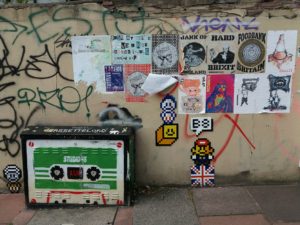
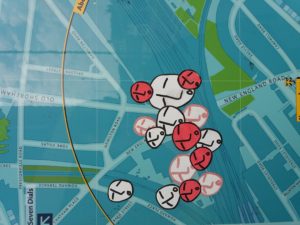
The street art in Brighton continues to be incredible. Of course, a lot of the graffiti is tags – while those can be interesting, they usually aren’t. But the sticker and poster work is usually exciting. The work at the intersection of Viaduct Road and Ditchling Road was better than anything I saw in a brief exploration of this year’s open houses exhibitions.
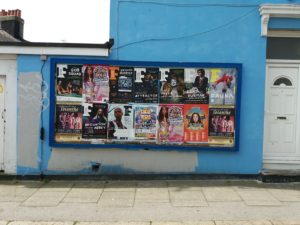
Above: posters up for last night’s Brownton Abbey event at the Dome. I’d been the night before to see Big Freedia, which was one of the best gigs I’ve seen in a long time.

At Preston Circus we crossed the London Road Stone Circle.
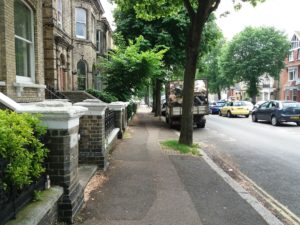
We passed down Norton Road, where Edmund Gorse once lived. Gorse is the main character in Patrick Hamilton’s West Pier Trilogy, about a con-man living in Brighton.
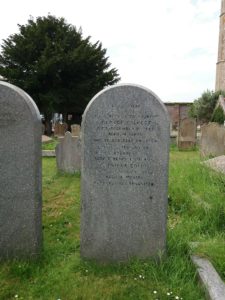
At the other end of the walk was the grave of Sir George Everest (4 July 1790 – 1 December 1866). Everest was made the General Surveyor of India in 1830. The mountain was discovered by his successor, who named it Everest as a compromise between the different local names; it was actually objected to by Everest, since he felt his name was hard to pronounce in Hindi. Everest never set eyes on the mountain that bears his name. It is this naming that Everest is mostly named for, and his grave is a modest one.

As an experiment in urban walking, the format I chose was not a success. The points chosen were arbitrary, and nothing else about the walk connected to them. But it was an interesting walk, and a good chance to swap stories. I think much of the art of walking is choosing the right companions – certainly, Iain Sinclair’s records of his walks depend greatly on the companions.
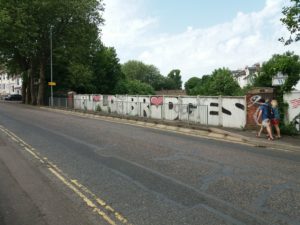
The important thing about walking is getting out there and doing it, actually setting out, and something like this provides a good excuse for getting out there. But maybe guides on walking need to focus on how to pick the right companions and the right conversations.
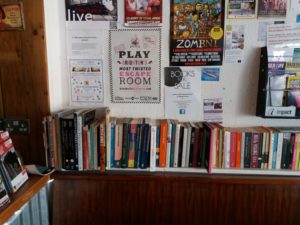
Although it wasn’t part of the actual walk, on the way to the start we passed by a branch of the Smallest Bookshop in the World. Despite the limited stock, I bought two volumes – a book on Sussex dialect and a 90s catalogue of counter-culture.
